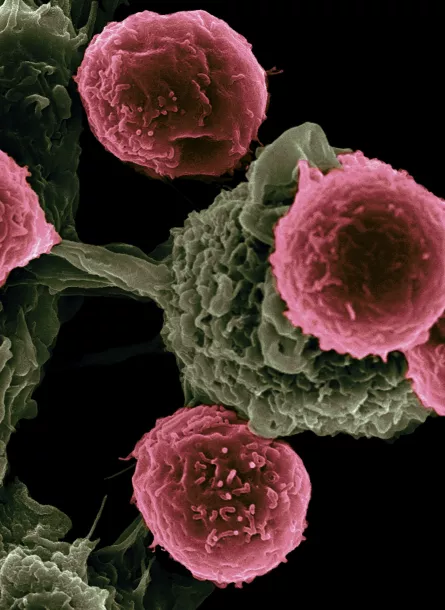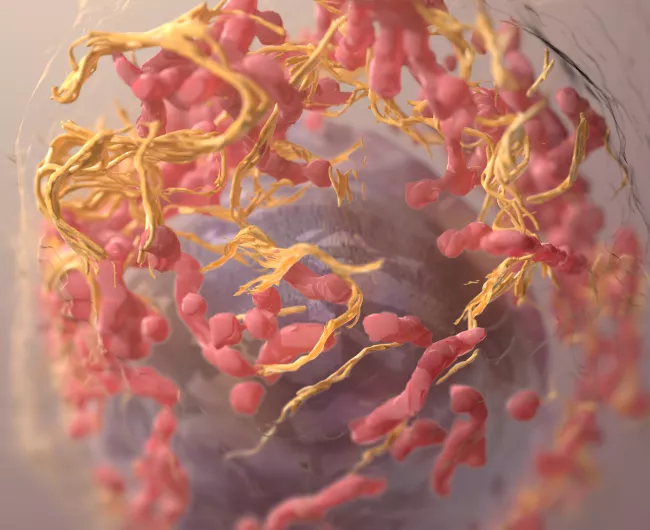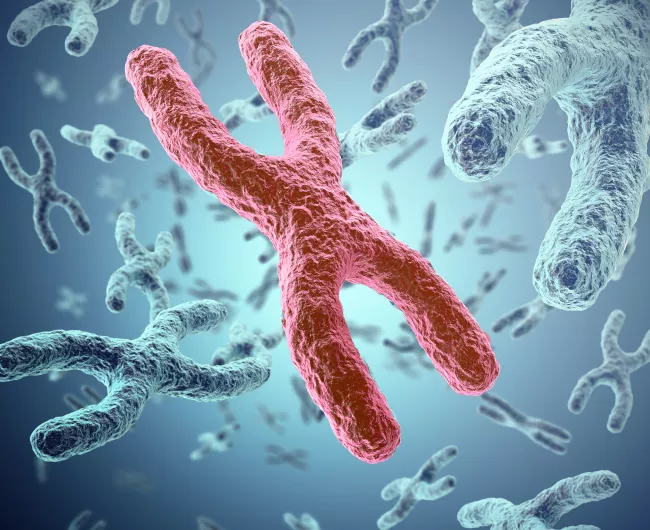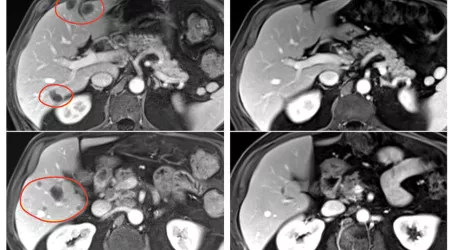
The BRAF biomarker


What is the BRAF biomarker?
The BRAF gene is present in all the cells in our bodies. A normal BRAF gene works together with other proteins to produce the normal growth and division of cells.
When there is a change in the DNA sequence of a cell, it is called a mutation. The BRAF gene mutates early in the development of cancer and signals certain cells to grow uncontrollably. This is called a driver mutation.
- A BRAF mutation is found in about 10% of colorectal cancer patients.
- The most common BRAF mutation in colorectal cancer is V600E, although other mutations in BRAF may also occur.
- A BRAF gene mutation is not a germline mutation. It is not hereditary and does not pass from one generation to another in a family. All BRAF mutations are acquired (somatic) mutations that happen randomly.

What happens if I have an abnormal BRAF biomarker?
Knowing the details of tumor biomarkers can help you and your doctor make decisions about personalized treatment with therapies tailored specifically to the characteristics of your tumor.
Fewer than 10 out of 100 colon cancers have this mutation.
If your cancer has the BRAF V600E biomarker, treatments that target abnormal BRAF mutation may be helpful.

BRAF types
- The BRAF V600E mutation is aprognostic biomarker of aggressive tumor growth. The mortality risk for patients with a BRAF mutation is more than two times higher than for those with a normal BRAF gene. Therefore, knowing about a BRAF gene mutation indicates the need for aggressive treatment.
- The BRAF mutation is also a predictive biomarker, which means it predicts that your tumor is unlikely to respond to treatment with EGFR inhibitors when given alone or in combination with chemotherapy.

What treatment options are available?
For patients with BRAF V600E-mutated metastatic colorectal cancer, targeted therapy can be an effective option. BRAF inhibitors alone do not work well in colorectal cancer, so they must be combined with other drugs.
- The most widely used treatment combines encorafenib (Braftovi™) with cetuximab (Erbitux™), and in some cases, chemotherapy (mFOLFOX6) is added for additional benefit. This combination helps block the mutated BRAF pathway, slowing cancer growth and improving survival. This treatment may be used as a first-line treatment.
- Although targeted therapies can be somewhat effective alone, combining with chemotherapy can enhance anti-tumor activity. Common regimens include FOLFOX (fluorouracil, leucovorin, and oxaliplatin) and FOLFIRI (fluorouracil, leucovorin, and irinotecan). A more intensive option, FOLFOXIRI, adds another drug (irinotecan) and may be considered for patients who are healthy enough to tolerate a stronger treatment.
- Some colorectal cancers with a BRAF mutation also have a characteristic called microsatellite instability-high (MSI-H) or mismatch repair deficiency (dMMR), meaning they may respond well to immunotherapy. In these cases, drugs like pembrolizumab (Keytruda™) or nivolumab (Opdivo™) can help the immune system recognize and attack cancer cells. However, for patients whose tumors are microsatellite stable (MSS) — which is more common in BRAF-mutated CRC — immunotherapy alone is usually not effective.
- Research is ongoing to find better treatments for BRAF-mutated colorectal cancer. If standard treatments aren’t working, a clinical trial might be worth considering. Please contact your oncologist to learn more about actively recruiting clinical trials.

What are the potential side effects of BRAF inhibitors?
Every treatment has the potential to cause some side effects. Some people may be more sensitive than others to a drug. It also depends on your other treatments, medications, vitamins, and herbal supplements. Tell your doctor about all medications, vitamins, and supplements you take.
Some of the most common side effects associated with BRAF inhibitors are headache, dizziness, fatigue, diarrhea or constipation, nausea and vomiting, skin rash or thickening, joint or muscle pain, and anemia/low red blood cell levels.
It is unlikely that you will experience all of these side effects, but you might have some of them. Call your doctor immediately if you are experiencing severe symptoms.
Other biomarkers
Carcinoembryonic Antigen (CEA) BiomarkerTop resources

2025 ASCO update: Six big studies
The 2025 ASCO Annual Meeting featured several important studies that could change how colorectal cancer is treated, including a pivotal study for BRAF V600E patients.

Hope in the Details: How Heather’s Biomarker Opened New Treatment Paths
After a stage IV colorectal cancer diagnosis, Heather’s biomarker test revealed a critical mutation — opening the door to clinical trials and new hope.

NIH: Combination immunotherapy shrank GI cancers
A new kind of tumor infiltrating lymphocyte (TIL) therapy improved the treatment’s effectiveness in patients with metastatic GI cancers.





